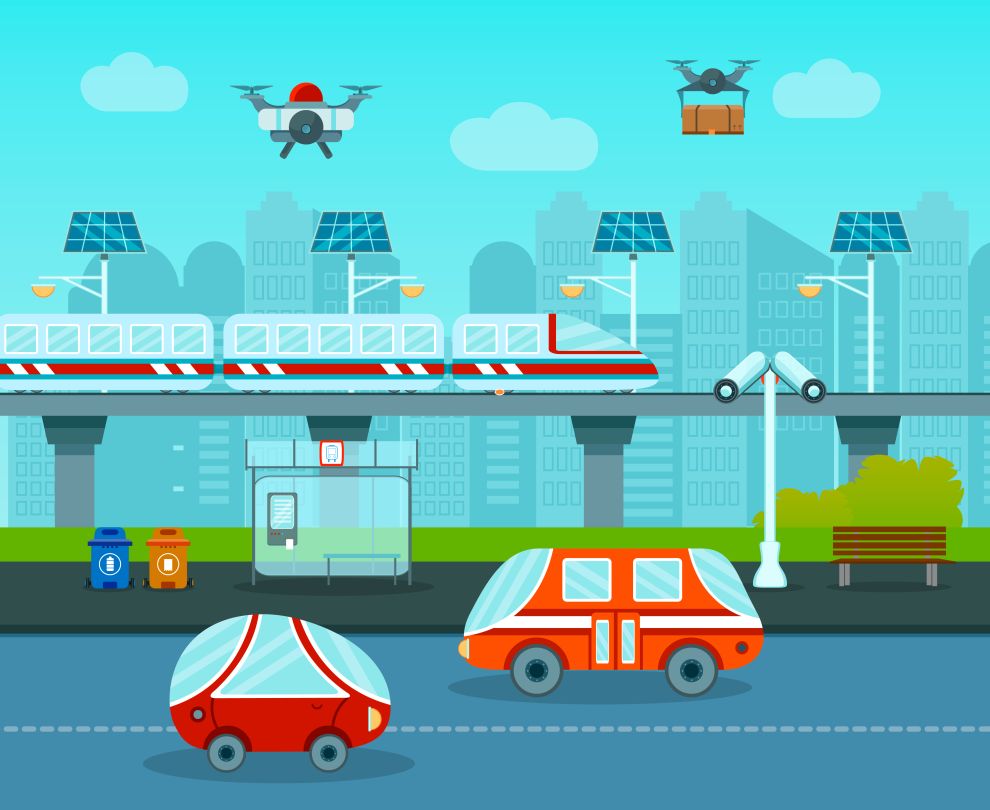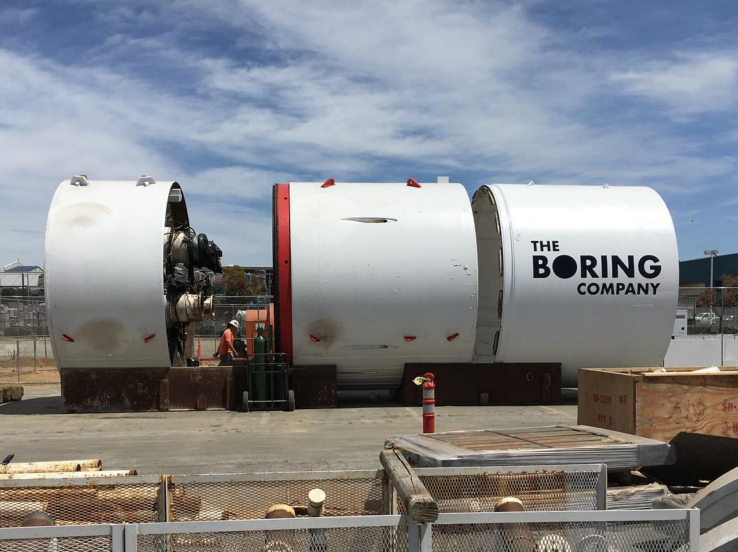This is a rather long article. I’d recommend you please read the entire thing before cursing me. Also, where I have begged you to click a link and read, please do?
Not too long ago, we were fed an idea of this futuristic transport system that was really high-speed in nature and had the potential to disrupt the very way we imagined commuting. The idea was so radical that we were even told that it could go up to 1220 km/hr (760 miles apparently). Imagine that. Imagine doing Mumbai to Chennai in a little over an hour. You could have Kande Pohe for breakfast, take a ride, go have some filter coffee and then get back to work.
This radical idea even had a radically different name – one which made no sense whatsoever – the Hyperloop. Of course, while billions of dollars were spent in various proposals, with the Indian Institute of Technology Madras (IITM) even going so far as setting up a Centre of Excellence for Hyperloop Technology (CoEHT) at IITM to develop the Avishkar Hyperloop, it eventually was reported that SpaceX and Tesla founder Elon Musk allegedly came up with the Vactrain-based concept to scuttle the California High-Speed Rail project. While I may not be the best to judge on this matter, the Hyperloop sadly has not evolved into a real thing, at least not yet. Till then, here’s Elon Musk’s napkin sketch of what his interpretation of George Medhurst’s 1799 concept looks like.
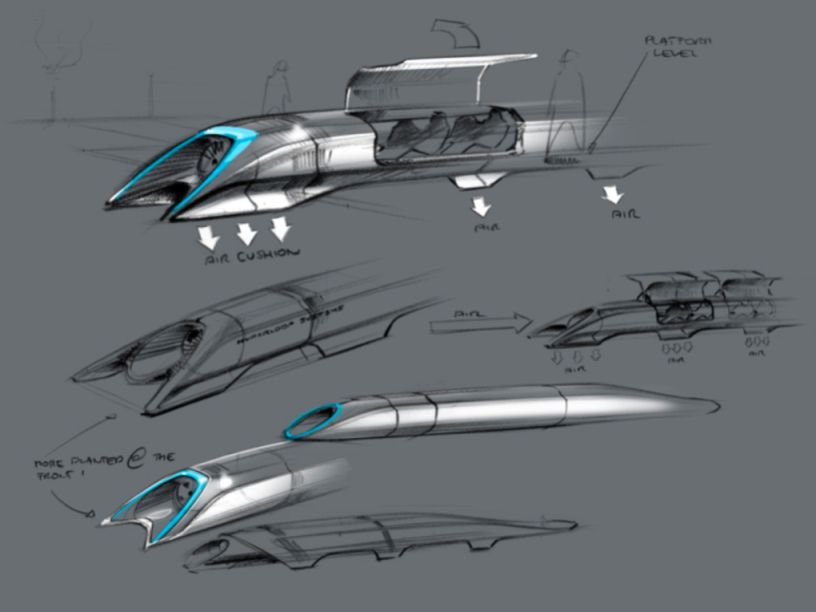
A few years later, came another idea, again from Musk. This time, he got stuck in traffic and decided that he would bore his way out. And so he set about creating a very Boring venture. No, really, he started the Boring Company.
It all sounded good, and then it became essentially a system of tunnels for cars. I had written about it too, back then. Read about it here. Two years later amidst criticism, he announced that the system would prioritise public transport and those without cars. I wrote about that too. You can read it here, on Swarajya.
I think the culmination of Elon Musk’s boring idea and my idle mind during the lockdown, combined with the utter antipathy from the Uddhav Thackeray-led Maha Vinash Vikash Aghadi government resulted in me writing one of my most blockbuster satire stories ever: In the absence of a depot, Mumbai Metro 3 to run BEST buses in the tunnel. But clearly, it didn’t go anywhere. Here is a picture of the Las Vegas Convention Centre (LVVC) Loop built by TBC.
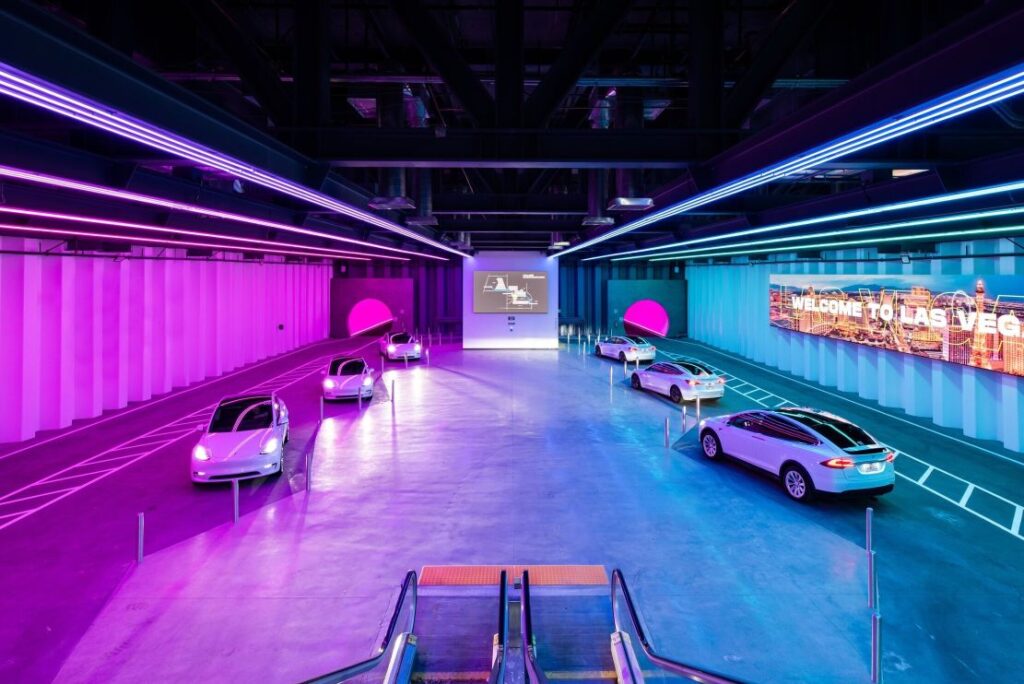
Musk (again, yes, I know) then came up with a concept from the spaceX Starship called the BFR, aka the Big Falcon Rocket, aka the Big Fucking Rocket (as he said it) which he claimed could be used to do a trip from Delhi to Tokyo in 30 minutes. Not a bad idea, but it will probably take you twice that to get to Delhi Airport or wherever a rocket from Delhi would take off. Of course, this means Chhole Bhature for breakfast and Sushi for lunch. Win-win no? Here is a picture of that too.
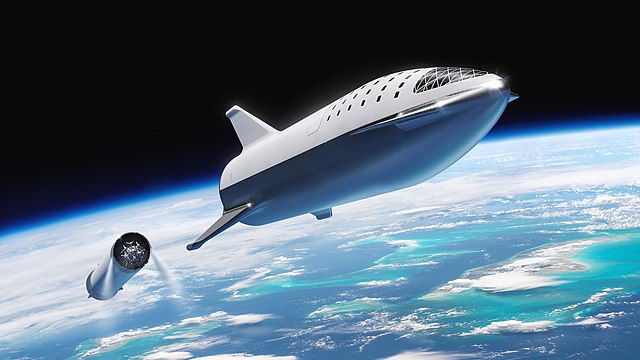
Now, after boring you for nearly 500 words about Elon Musk, let me bring you to what I really wanted to talk about.
For those of you who are fans of Rowan Atkinson, you might already have an idea of what I am going to talk about. No, I’m not talking about the alien spaceship from Mr Bean. I’m not talking about The Thin Blue Line, Blackadder or the Glass Elevator from Roald Dahl’s Charlie and the Great Glass Elevator. If you’ve seen Johnny English Reborn, you know what I’m talking about.
The future of transportation comes from Volkswagen. Yes, the same company that was founded by acolytes of a certain Adolf Hitler, disabled their vehicles’ emission control systems outside of test environments (fondly known as Dieselgate or Emissionsgate) and recently became the choice of Charmed actress Alyssa Milano who ditched her Tesla for a WV in support of free speech and to reject hatred and what not. I could go on but describing a libbu is tedious work.
Volkswagen Norway’s Commercial Vehicles team designed the as-yet unnamed device, the office chair. You know what they said about it?
The chair is designed to give those who work in an office a feeling of what it’s like to have a car from Volkswagen Commercial Vehicles as your workplace. You can drive, honk and listen to music – even signal as you take a turn into a meeting room.
Volkswagen
Oh yeah! The chair is here.
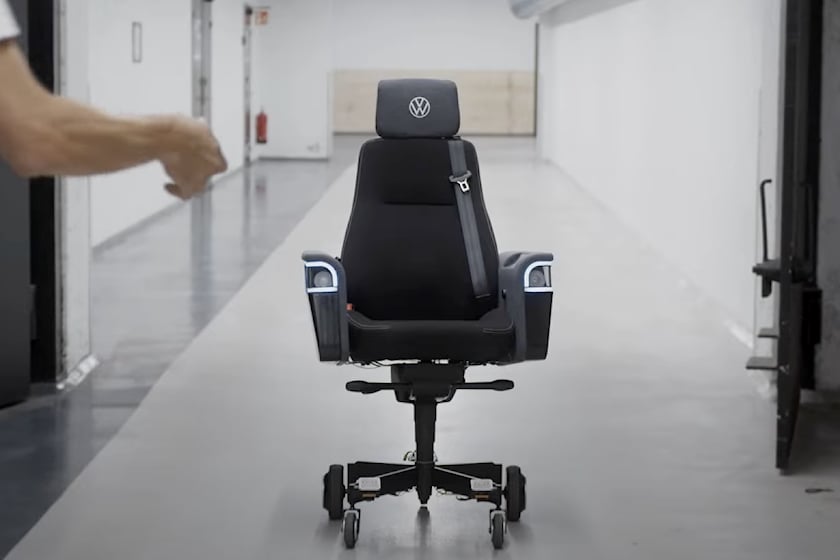
The chair can do around 20 km/hr and has a detachable battery and can do up to 12km on a full charge. Now that’s a bit of a let down, if you ask me. But this is indeed the future of transportation. And while people like me predicted six years ago that Handicar would be the future (at this point, I urge you to click this link, read and laugh, please), it turns out Eric Cartman sitting on a mobility scooter is closer to reality.
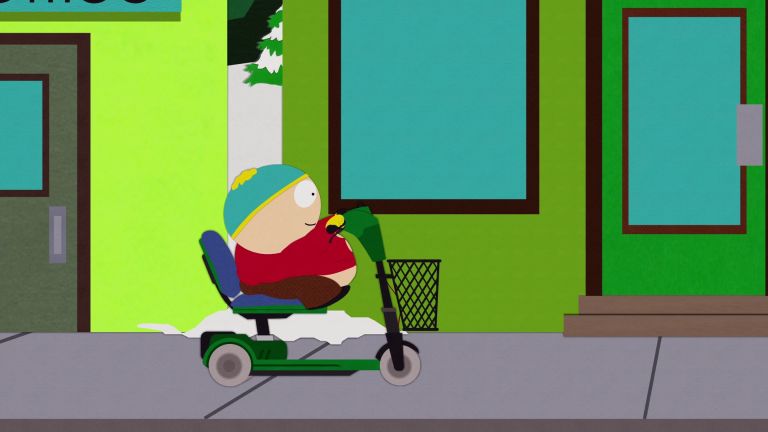
This is quite a breakthrough. Unfortunately, fans of super agent Johnny English may not be able to quite replicate what he did with the wheelchair with the WVchair. See what I did there? No? Me neither.
If you don’t remember what Agent English did, here is a visual reminder of what Agent English did.
However, this is a breakthrough. A major major breakthrough. Why, you ask? It’s simple. Whenever a company does something that is different from what it actually does, the results are interesting. Imagine if Apple manufactured a jetpack (or something similar, as Aapil Sathukudinathan discovered here, please read) or if Microsoft built software to count vehicles at Toll Plazas (oh wait, that was Traf-O-Data) or McDonald’s used the excess fat from their kitchen to power vehicles. This is as significant as Rolls Royce manufacturing honey! No kidding here though, Rolls Royce actually sold honey from bees at their apiary.

So get ready. Get ready to ditch every mode of public and private transport that you have ever used in your life. It’s time for you to embrace the sedentary lifestyle of a software engineer and sit on your chair all day long as you go from one place to another.
If you’re on Twitter, do share this link and tag Elon Musk. Maybe he might invest in my potential transport-based startup. And also ask him to restore my old Twitter account, given his talks on free speech.
Featured Image: City of future composition. Image by macrovector on Freepik.
![]()
